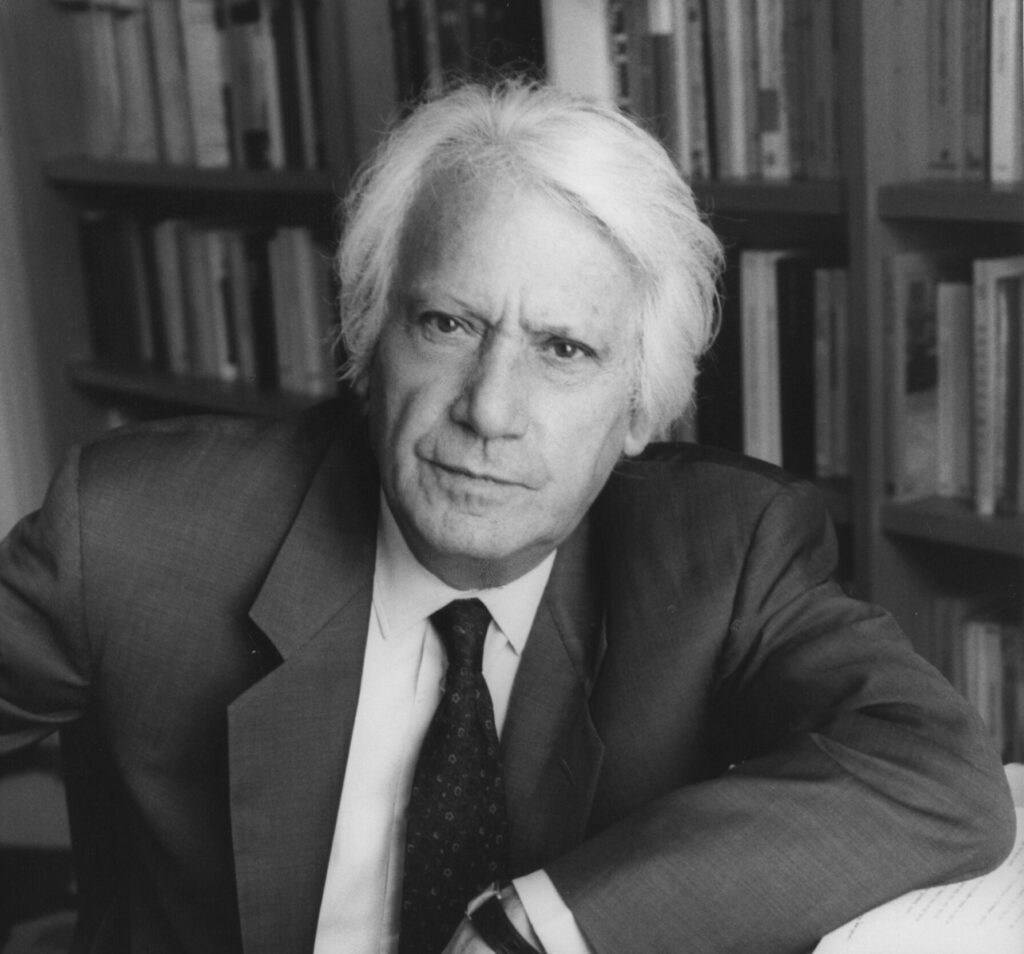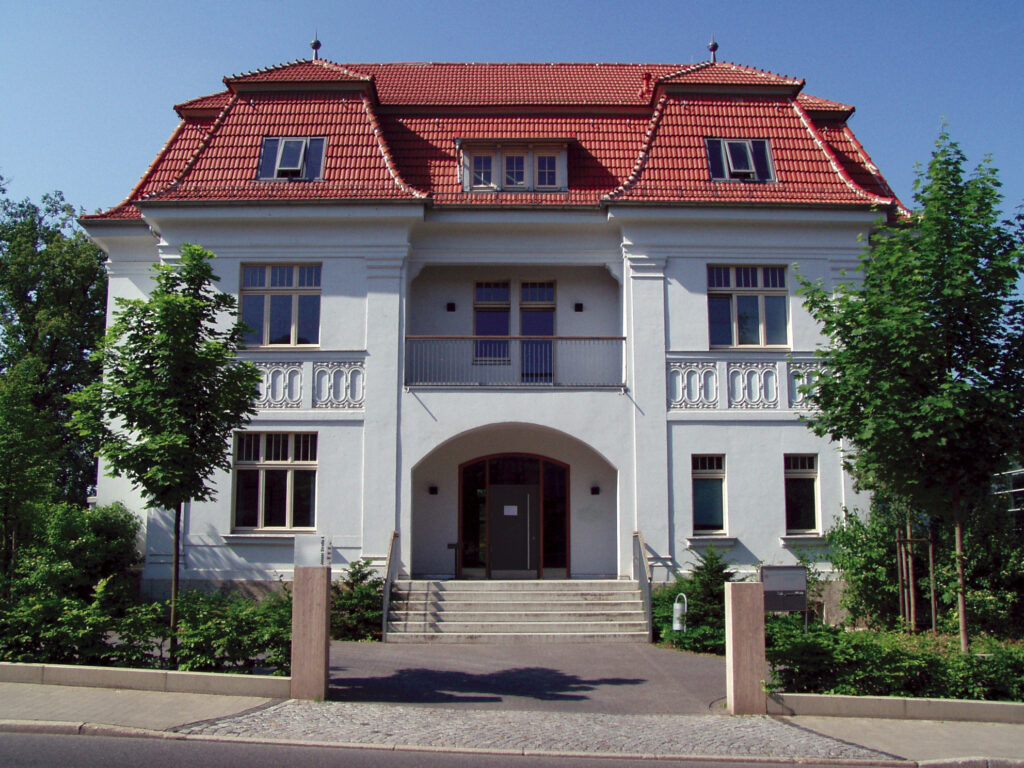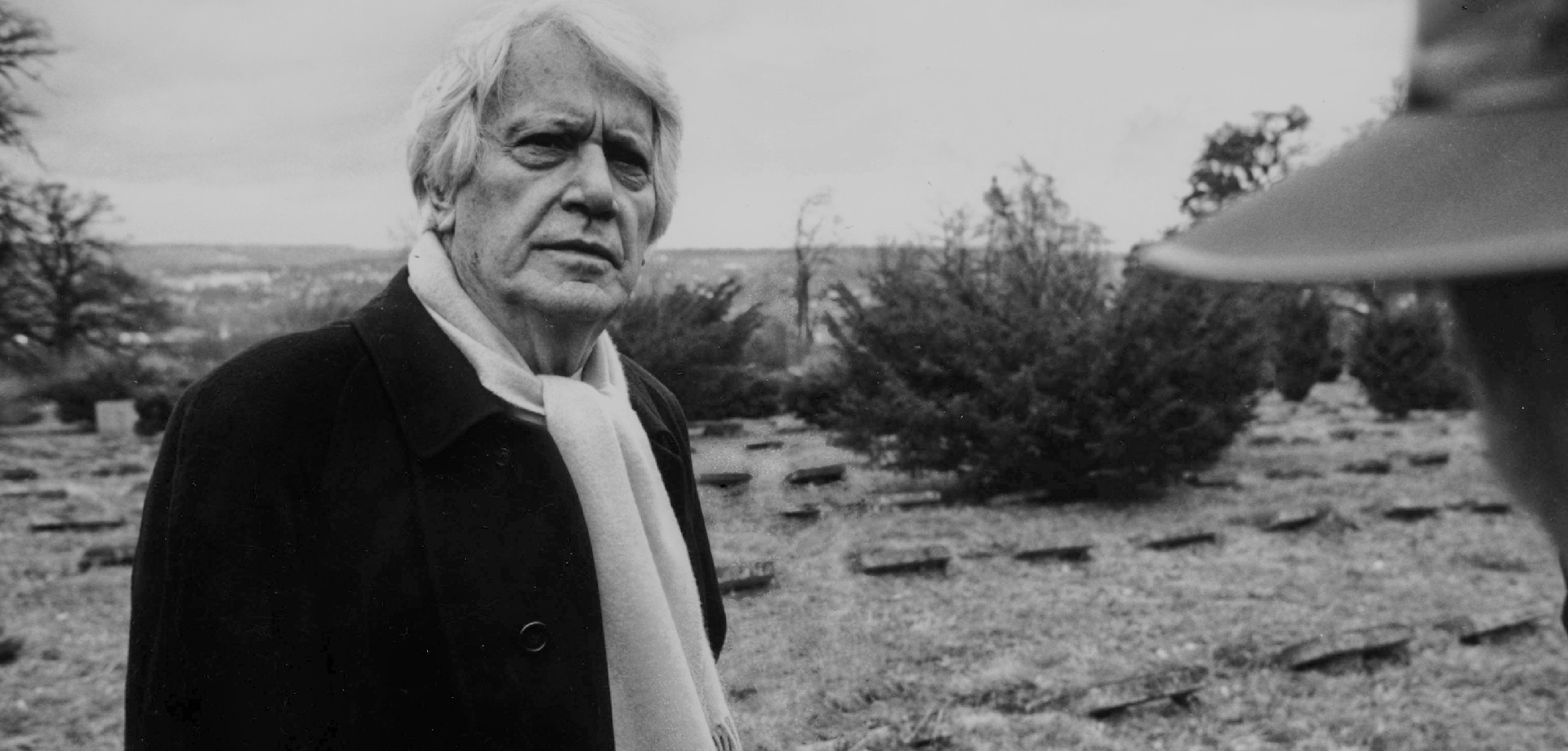A great European
The idea for the Ettersberg Foundation came from a passionate European: the Spanish writer Jorge Semprún.
In the early 1940s, when he was still a university student, Semprún fought in the French Resistance against the German occupiers and was deported to the Buchenwald concentration camp in 1944. There, the 20-year-old became prisoner number 44904. He was interrogated, tortured, and spent 15 months in the camp. As a committed Communist, Semprún was given a post in the Labour Statistics Command, which presumably saved his life because he was thereby spared from life-threatening work assignments.
After the liberation of the Buchenwald concentration camp by the US Army, Jorge Semprún returned to his adopted home of France. There he joined the exile organization of the Communist Party of Spain (Partido Comunista de España, PCE). He quickly rose to the highest level of the Party, the Politburo, due to his talent for writing. On behalf of the party, the native Spaniard returned to his homeland several times under a false name. In his native Madrid, he was the linchpin of the Communist opposition to the Franco regime.
Despite being a committed Communist, Jorge Semprún underwent a process of alienation after the death of Stalin in 1953 and the de-Stalinization of the Soviet Union in 1956. Although the PCE followed the new party line out of Moscow, the necessary democratisation remained incomplete from Semprún’s perspective. In order to defeat Francoism, he believed that a broad alliance of parliamentary-democratic opposition groups was required. Semprún’s often nonconformist and pragmatic attitude increasingly frustrated the Politburo of the PCE. When he learned about the existence of the GULag, the system of Soviet forced labor camps, through the literature of Alexander Solzhenitsyn, he fell into a deep crisis and broke with his Communist positions. Finally, in 1964, Jorge Semprún was expelled from the Communist Party of Spain for his “ideological deviation.”

“I do not know what plans the political and intellectual community of Germany has for the historical space of Buchenwald. It would be apt […] if the hill of the Ettersberg were to be the seat of a European institution that would commit itself to this memory work and this development of democracy.”
Commemorating and Writing in order to Remember
Jorge Semprún was a man driven and marked by the political extremes of the 20th century. In his literary work, he repeatedly wrote about his life and his survival in Buchenwald and consistently spoke out against any form of political tyranny. In 1994, he received the German Book Trade’s Peace Prize for his life’s work. In his acceptance speech, he called for the establishment of an institution in Germany dedicated to keeping the memory of the horrors of past dictatorships alive and to strengthening democracy in Europe. The idea for the Ettersberg Foundation was born.
The Ettersberg Foundation was officially founded in 1999. We are headquartered in Weimar. The Andreasstrasse Memorial and Educational Centre, which has been part of the foundation since 2012, is located on Andreasstraße in the centre of Erfurt, right next to the Domplatz (Cathedral Square ). The “Andreasstrasse” is also a place steeped in history. It brings together two seemingly opposite themes: oppression and liberation. During the SED dictatorship, over 5.000 people were imprisoned at what was popularly known as “Andreasstrasse” — the Stasi’s pre-trial detention centre — for daring to oppose the Communist regime. During the peaceful demonstrations in 1989, courageous Erfurt residents occupied this site of oppression in order to stop the further destruction of Stasi files. They locked all the files they could find in the numerous small prison cells. This peaceful uprising occurred on December 4,1989. It was the first occupation of a Stasi headquarters in the Germany. More occupations in other cities would soon follow.






